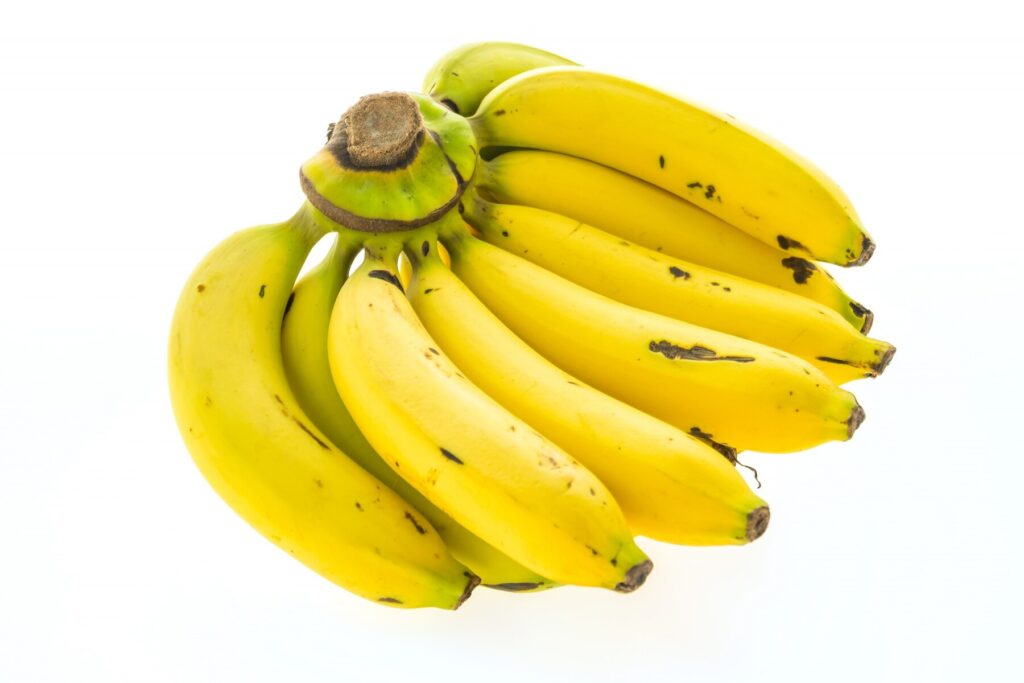The botanical classification of fruits often yields unexpected surprises. One notable example is the banana, which meets the criteria for a berry due to its development from a single ovary in the flower and its fleshy exterior with embedded seeds. In contrast, strawberries defy traditional expectations, as they are actually aggregate fruits formed from multiple ovaries in a single flower. Each “seed” on the strawberry’s surface is an individual fruitlet, and the fleshy part is the enlarged receptacle that holds them. This unique classification highlights the diversity and complexity of fruit structures in the plant kingdom.

Bananas as berries:
In the botanical world, a berry is defined by three distinct characteristics. To qualify as a berry, a fruit must develop from a single ovary within a flower. Additionally, it must have a fleshy exterior and contain seeds that are embedded within its pulp. Interestingly, bananas fit this definition perfectly, meeting all the criteria that define a berry. Despite the common perception of berries as small, sweet fruits, bananas technically qualify as a type of berry due to their structural characteristics. This classification highlights the importance of understanding botanical definitions and the unique features of different fruits.
Strawberries as Aggregate Fruits:

In contrast to berries, strawberries are classified as aggregate fruits. This means they develop from multiple ovaries within a single flower, with each ovary producing a small fruitlet. The fruitlets are embedded in the enlarged receptacle, which becomes the fleshy part of the strawberry. This unique structure distinguishes strawberries from fruits that develop from a single ovary, highlighting the diversity of fruit formation in plants. The aggregate nature of strawberries showcases the complexity and variety of fruit development.
Conclusion :
The classification of fruits, as seen in the cases of bananas and strawberries, highlights the fascinating diversity of fruit structures that exist in nature. By delving into the intricacies of botanical definitions,
we gain a deeper understanding of the distinct characteristics and developmental processes that define various fruits. This knowledge not only showcases the complexity and variety of plant reproduction but also underscores the significance of precise classification in the botanical world. Ultimately, exploring the intricacies of fruit classification and botanical definitions enriches our appreciation for the natural world and its many wonders.
